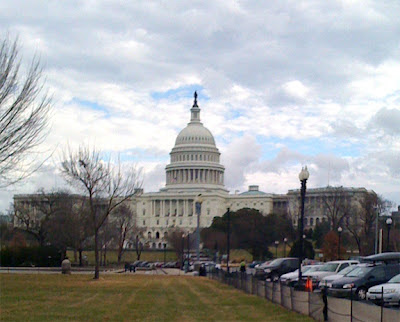 |
| Housing and Supertankers - A lot in Common |
Housing – The Builder Supertanker is Slowly Turning
Here are a few articles about housing and how it is
slowly coming back. Check out last week’s blog for more.
Lennar:
And here’s a great snap shot of where we are:
Driverless Cars
I am not sure how comfortable I am with this. This
week “range anxiety” has been the phrase of the week (Do I have enough
electrons left to get to Grandma’s house?). What was also very interesting is the
discussion of the non-stop evolution of a car that will get you there while you take a nap, or
text, or read a book. While the state of California itself seems to be the embodiment
of a driverless car, Gov. Brown will sign a bill to OK the real thing: Driverless cars. (GO HERE) .
Here is a video that will scare or intrigue you:
(article)
San Jose
Readers know how much I just love lists. Especially those
that tout one city over another or in some cases demean another city by
pointing out it's the “worst place to ….” whatever.
In this latest list the “Richest Cities,” are pointed out. Since this is grammatical as well as factually
incorrect (none of these “cities” are rich, and in fact most are failing). But
in comparison to the rest of the state I guess they are “rich.” What is really
listed is how financially successful the region’s employed are. (GO HERE)
Some Uncomfortable Stats
John Mauldin is without a doubt my favorite economic
writer, he is witty, prolific, very smart, and very right (most of the time)
(GO HERE) In my weekly missive from John titled “What
If The Fed Has It ALL Wrong,” he lays out an interesting series of graphs and
table (he loves these things), worth looking at.
But he also noted the following:
Meanwhile, the less affluent, the
other 80% – some 250 million people – are little concerned by an eventual
wealth effect but highly, directly, and immediately impacted by the side
effects of all these QEs, namely rising commodity prices and near-zero interest
rates.
Consider that:
- 15% of the US population lives in poverty.
- 44% of those 46.2 million poor Americans are in "deep poverty," which is half the level of the poverty line, defined as $22,811 for a family of four.
- More than 45 million Americans are in the food-stamps program, which is 15% of the population, compared with the 7.9% participation from 1970-2000. Food-stamps enrollment has been rising at a rate of 400,000 per month over the past four years. Just last month (August), nearly twice as many people went on the food-stamps program (173,000) than managed to find a new job (96,000).
- More than 11 million Americans are collecting federal disability checks.
- 11.2% of the labor force is out of work, if we include the 7 million people no longer seeking employment. This number (over 17 million workers) is unchanged since 2009.
- Full-time employment remains 1.4 million below its 2009 level. Needless to say, part-timers earn and spend considerably less.
- Most of the 43.5 million American retirees must cope with nominal interest rates, near zero through 2015, when inflation is around 2.0%.
We have a very deep hole to climb out and all the
blaming going around accomplishes little. The business climate has to change from
one of pointing out inequities to one that promotes accomplishment. The
American public is not a science or economic experiment.
Stay Tuned . . . .




